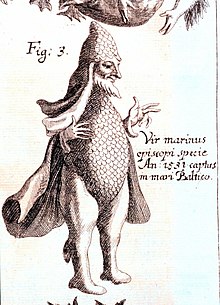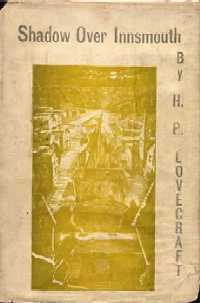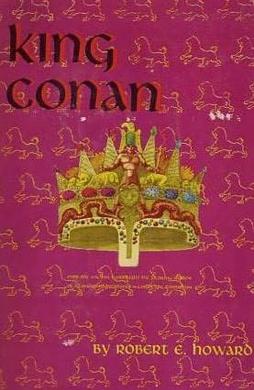
Aquatic humanoids appear in folklore and fiction. [1]

Aquatic humanoids appear in folklore and fiction. [1]
{{cite book}}: CS1 maint: location missing publisher (link)The slaad is a fictional monster in the Dungeons & Dragons fantasy role-playing game. They are extraplanar creatures (outsiders) that resemble giant humanoid toads of various colors, and other types, such as mud, and death slaadi.

A merman, the male counterpart of the mythical female mermaid, is a legendary creature which is human from the waist up and fish-like from the waist down, but may assume normal human shape. Sometimes mermen are described as hideous and other times as handsome.
Merfolk, Mercreatures, Mermen or Merpeople are legendary water-dwelling, human-like beings. They are attested in folklore and mythology throughout the ages in various parts of the world. Merfolk, Merpeople, or simply Mer refers to humanoid creatures that live in deep waters like Mermaids, Sirens, Cecaelia etc.
Enchantress most commonly refers to:

A fantasy trope is a specific type of literary trope that occurs in fantasy fiction. Worldbuilding, plot, and characterization have many common conventions, many of them having ultimately originated in myth and folklore. J. R. R. Tolkien's legendarium for example, was inspired from a variety of different sources including Germanic, Finnish, Greek, Celtic and Slavic myths. Literary fantasy works operate using these tropes, while others use them in a revisionist manner, making the tropes over for various reasons such as for comic effect, and to create something fresh.

The Shadow over Innsmouth is a horror novella by American author H. P. Lovecraft, written in November–December 1931. It forms part of the Cthulhu Mythos, using its motif of a malign undersea civilization, and references several shared elements of the Mythos, including place-names, mythical creatures, and invocations. The Shadow over Innsmouth is the only Lovecraft story that was published in book form during his lifetime.
A goblin is a creature from European folklore.

Lovecraftian horror, also called cosmic horror or eldritch horror, is a subgenre of horror, fantasy fiction and weird fiction that emphasizes the horror of the unknowable and incomprehensible more than gore or other elements of shock. It is named after American author H. P. Lovecraft (1890–1937). His work emphasizes themes of cosmic dread, forbidden and dangerous knowledge, madness, non-human influences on humanity, religion and superstition, fate and inevitability, and the risks associated with scientific discoveries, which are now associated with Lovecraftian horror as a subgenre. The cosmic themes of Lovecraftian horror can also be found in other media, notably horror films, horror games, and comics.

"Dagon" is a short story by American author H. P. Lovecraft. It was written in July 1917 and is one of the first stories that Lovecraft wrote as an adult. It was first published in the November 1919 edition of The Vagrant. Dagon was later published in Weird Tales in October 1923. It is considered by many to be one of Lovecraft's most forward-looking stories.
Tritons are a fictional species in the Dungeons & Dragons fantasy role-playing game.

King Conan is a collection of five fantasy short stories by American writer Robert E. Howard featuring his sword and sorcery hero Conan the Barbarian. It is also the name of two separate comic book series featuring the character.
Dwarf, dwarfs or dwarves may refer to:
Dragon Man may refer to:

Reptilian humanoids, or anthropomorphic reptiles, are fictional creatures that appear in folklore, fiction, and conspiracy theories.